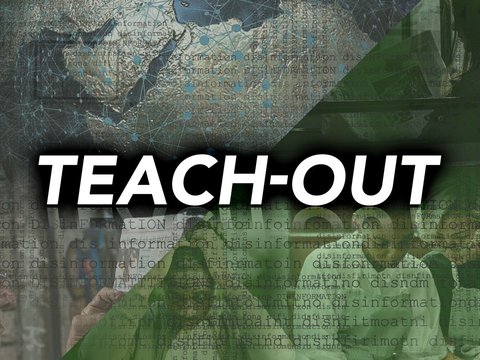Understanding Your Audience: Andy Hoffman
Professor Andy Hoffman discusses how to tailor your communication style in order to best reach audiences of diverse idenitites and beliefs. Check out more at the Disinformation, Misinformation, and Fake News Teach-Out.
Excerpt From

Transcript
When I say climate change, what do you hear? I may mean the buildup of greenhouse gases in the atmosphere, raising the temperature of the Earth, but other people may hear something very different. And it's very important to understand where they're coming from. Some people may hear climate change. That's that issue that's gonna restrain the market, diminish our economic competitiveness by hamstringing certain industries, like the fossil fuel sector. Some people hear, believe it or not, a threat to their belief in God. The idea that we are so big, that we can impact the climate out there. They see that as hubris, that God's in charge out there. We're not in charge out there and we live by God's divine providence. I once got heckled at a talk one time by someone who held up a Bible and said, "Climate change can't be happening "because God promised Noah "he would never flood the Earth again." That, to me, is the tip of the iceberg. That really shows the depths of the subtext around climate change issues that need to be, or any scientific issue, that need to be brought to the fore when thinking about communicating science to the public. Understanding what people hear. Where are they coming from? If you can understand that subtext, you can find ways to reach them. If you don't catch that subtext, you'll be talking right past each other, unable to reach them. Let's face it, whenever we hear that someone doesn't believe in climate change or COVID-19, or the safety of GMOs to be eaten, these are all issues that there's a sharp divide between the public and scientific institutions. Try and understand what is it they hear. What are their concerns? What are the other issues that are triggered? And if you can do that, you may be able to bridge the divide and find ways to communicate science.
